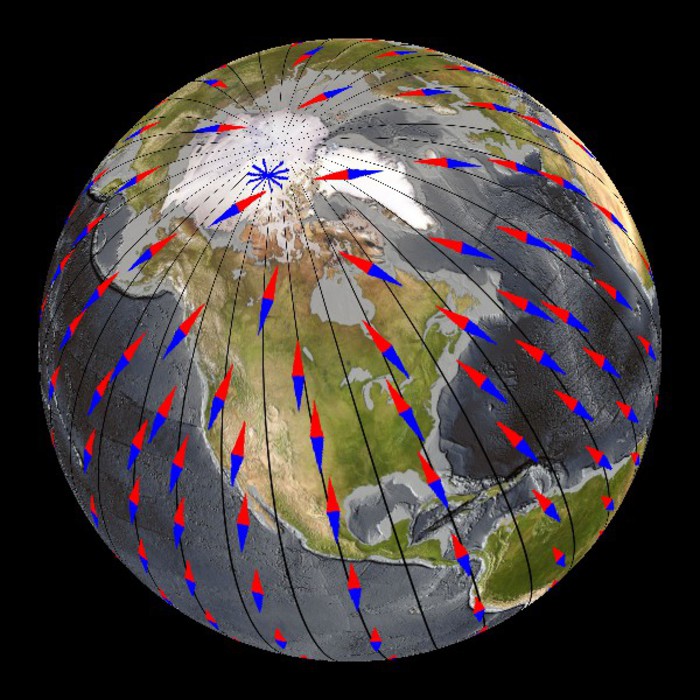Changes in the direction of the Earth's magnetic field could occur 10 times faster than expected: the computer simulations of the British University of Leeds with the University of California in San Diego indicate this. The results, published in Nature Communications, offer a new vision of what is happening in the 'heart' of the planet, at 2,800 kilometers deep, where there is the swirling flow of molten iron which with its electric currents generates the magnetic field, conditioning its movement for hundreds of thousands of years.
To reconstruct their evolution in the various geological eras, the 'footprints' that the magnetic field leaves impressed on sediments, in lava flows and even in man-made products are usually analyzed, but the results thus obtained are often uncertain and subject to debate .
British and American researchers have therefore thought of using a different approach, using simulations to reproduce the process that generates the magnetic field: the technique has been applied to changes in the magnetic field of the last 100,000 years, as they have been reconstructed by a recent study.
The results indicate that changes in direction would have reached speeds 10 times faster than expected. These rapid changes would be associated with local weakening of the magnetic field: this means that they would generally have occurred during the inversion of the poles or the removal of the magnetic poles (the points of the earth's surface from which the force lines of the field come out) from the geographic poles .
A striking example comes from the sharp change in the direction of the magnetic field (about 2.5 degrees per year) which occurred 39,000 years ago. This shift is associated with a weakening of the field at the western coast of Central America following the so-called Laschamp Excursion, a brief inversion of the Earth's magnetic field that occurred 41,000 years ago.

